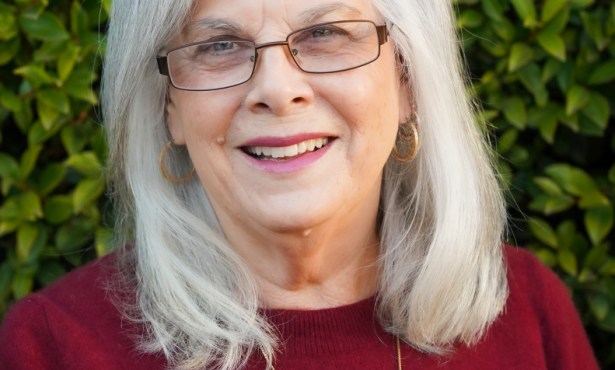Who Gets to Live in Santa Barbara?
California’s Housing Crisis and the City of Santa Barbara

In 1948, the Santa Barbara News-Press ran a headline decrying Santa Barbara’s “severe housing shortage.” Housing has been a hot topic here ever since.
When I arrived in Santa Barbara in the mid-1970s, the city’s zoning allowed housing for a population of about 170,000 residents. In spite of that generous zoning, rents were relatively high, and the Community Action Commission published a pamphlet, “The (Santa Barbara) Housing Problem,” that reported, “39% of households were spending more than 35% of their income for rent.”
In 1976, the City Council commissioned a study titled “The Effects of Urban Growth,” written by UCSB faculty members and others. The report emphasized the negative impacts of job and housing growth and led that council to “down-zone” housing in the city to provide for a population of about 85,000 residents. Most residents agreed that this change would keep us within the carrying capacity of the region and protect our comfortable “non-L.A.” quality of life.
After living with that set of rules for some time, it became clear that since housing construction was limited, and job growth was not, many working folks were priced out of our housing market. Now we have more than 20,000 commuters driving long distances each day to their Santa Barbara jobs, creating traffic jams and air pollution and disrupting community cohesion.
In response, the latest General Plan is written to allow higher densities in some areas of the city. This AUD (Average Unit-Size Density) experiment has resulted in about 1,000 new apartments, either permitted or currently in the pipeline.
During the last few years, our state legislators decided that, with a statewide housing shortage of approximately 3.5 million units, some drastic action had to be taken to speed up housing construction, with a goal of making all California cities help solve this shortage. If Santa Barbara, with a population of about 92,000, were to bear its share (.0024 percent) of the 3.5 million unit shortage, we would need to build more than 8,000 new housing units to accommodate about 21,000 residents.
In 2017, to encourage more housing, the state legislature overrode local zoning rules and mandated that all California cities and counties allow secondary units (Accessory Dwelling Units, or ADUs) on single-family lots. This program has created about 400 new legal housing units in the city of Santa Barbara, which are largely invisible.
Now State Senator Scott Wiener of San Francisco is proposing a more dramatic second step, SB50, which would prevent California cities from limiting densities on property within half a mile of fixed rail stations and a quarter of a mile of high-frequency bus stops, and in “job-rich areas.” Although local height limits could be maintained at the bus stops and job areas, 45- to 55-foot heights would be allowed near the stations. This law is expected to pass this year.
So the state is playing hardball now, including threatening to withhold transportation funds to cities that fail to build (not just zone for) the state housing goals. On January 25, the state sued the city of Huntington Beach for, in Governor Gavin Newsom’s words, “refusing to do their part to address this crisis and willfully standing in violation of California law.” Like it or not, the City of Santa Barbara may be forced to build more than 8,000 dwellings in the near future.
Santa Barbara is a special place, and we want to keep it that way. But are we so special that we need not take our share of our state’s housing shortage? Are we indifferent to the 20,000 people whom we have invited to work here but are told they can’t live here?
We know that market-rate housing will always be relatively expensive here, but I believe we have a moral responsibility, as well as social and economic incentives, to create more housing for a better jobs/housing balance. And I believe that by planning and designing with attention to the changing transportation landscape, to privacy and views, and to good design, we can reduce wasteful commuting, house more of our middle-class and emergency workers, and create a more vibrant and diverse community. Our local architectural community is ready for this challenge.
Correction: This story originally ran in print on March 7 with an incorrect byline. The correct author is Dennis Thompson.



